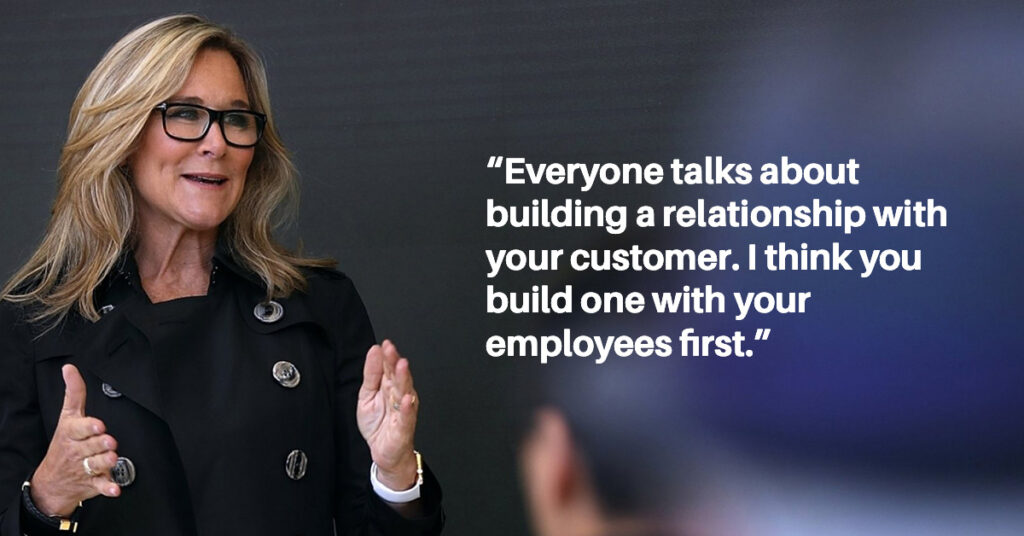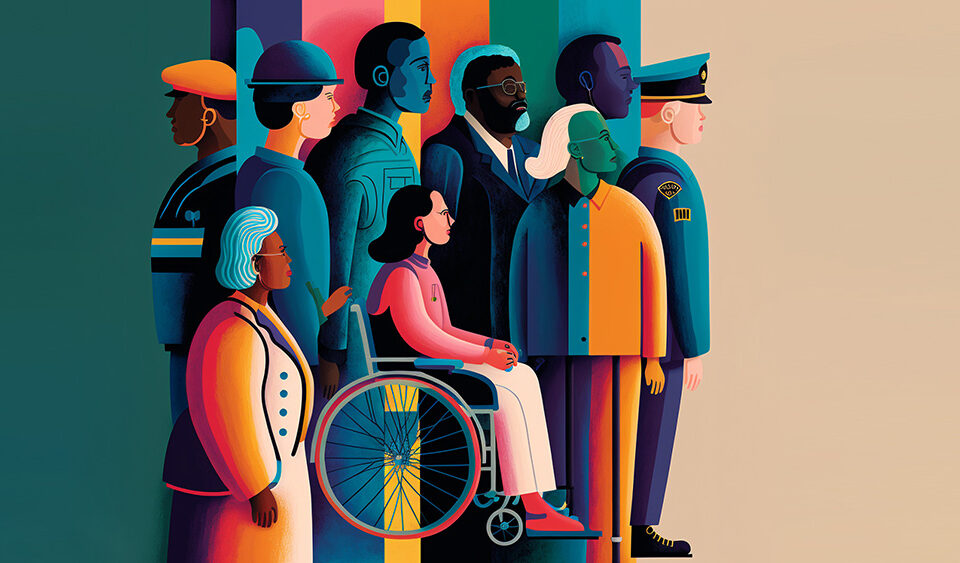
Psychological safety might sound really strange to people. Some might even go ahead to call it a ‘gen z’ terminology. A recent conversation I had with an older colleague about psychological safety within teams and the workspace, he was quick to wave it off as another ‘Gen Z excuse to avoid work’. We laughed off the remark. That simple conversation is a telling sign that a ton of working Nigerians across ages do not know what psychological safety in the workplace means.
What then is psychological safety? Simply put, psychological safety is when a person feels safe to express themselves, their mistakes, needs and even wins, without the fear of alienation, being judged or any form of negative treatment. It’s the idea that a person can speak or engage freely in any manner without feeling uncomfortable or strange. It’s the type of privilege we experience when speaking with close friends, families or affiliates.
Humans are social beings; meaning we desire communication and exchange of ideas. We need to speak and be heard. Oftentimes what we have to say or listen to aren’t all valid or totally true, but our tendency to either gently teach, correct and learn are values that make a person good company and sociable.
Having psychological safety in any space is a good thing as it ensures the effective exchange of ideas and needs. Imagine not being able to speak what’s on your mind among your friends and family ALL the time for fear of being alienated, judged or criticized. The home becomes a very hostile environment to exist in. it’s the type of place that’s filled with awkward silence and secrecy.
How does Psychological safety play out in the office? What does it even look like? Here’s a classic example; you led your team on a project that was supposed to generate profitable results, however things took a wrong turn and the project did not yield as estimated. How do you present such horrendous statistics to your boss? How your boss reacts will tell if you are in a psychologically safe environment or not.
Team psychological safety is a shared belief held by members of a team that it’s OK to take risks, to express their ideas and concerns, to speak up with questions, and to admit mistakes — all without fear of negative consequences. As Amy Edmondson, the Harvard Business School professor and author of The Fearless Organization puts it, “it’s felt permission for candor.” If this isn’t your team, then you are not psychologically safe at work.
But why is it even necessary to have Psychological safety at work? The underlying idea of any group is to grow and learn from each other on the way to achieving some predefined goal (either defined or undefined). To this end psychological safety is necessary as it shapes the learning behavior of the group and in turn affects team performance and therefore organizational performance. The sense of safety and willingness to speak up is not an individual trait, even though it’s something you do feel and experience at the individual level, it is a telltale sign of a healthy group. This is why people who work closely together have similar levels of psychological safety compared to people in other teams.

Why is psychological safety important?
- Psychological safety leads to team members feeling more engaged and motivated, because they feel that their contributions matter and that they’re able to speak up without fear of retribution.
- It can lead to better decision-making, as people feel more comfortable voicing their opinions and concerns, which often leads to a more diverse range of perspectives being heard and considered.
- It can foster a culture of continuous learning and improvement, as team members feel comfortable sharing their mistakes and learning from them.
How do you know if your team has it?
This is likely the question on many leaders’ minds. Amy Edmondson has developed a simple 7-item questionnaire to assess the perception of psychological safety (survey available on her website).
How people answer these questions will give you a sense of the degree to which they feel psychologically safe:
- If you make a mistake on this team, it is not held against you.
- Members of this team are able to bring up problems and tough issues.
- People on this team sometimes accept others for being different.
- It is safe to take a risk on this team.
- It isn’t difficult to ask other members of this team for help.
- No one on this team would deliberately act in a way that undermines my efforts.
- Working with members of this team, my unique skills and talents are valued and utilized.
How do you create psychological safety within the team?
Building a psychologically safe team is simple. It is simple because the principles guiding how it can be developed and fostered within teams are basic concepts like, open communication, trust, zero resistance to new ideas, the ability to make mistakes and group dedication towards learning.
Make clear why employees’ voices matter: For most people, it feels safe to hold back and stay silent — they default to keeping their ideas and opinions to themselves. You have to override that instinct by setting the stage for them to speak up. Explain clearly and specifically why you need to hear from them, why their viewpoint and input matters, and how it will affect the outcomes of the work.
Admit your own fallibility: If you, as a leader, can own up to and demonstrate how you’ve learned from your mistakes, it paves the way for others. It’s important to model the behavior you want to see in your team and normalized vulnerability. This includes things like being respectful, open to feedback, and willing to take risks.
Actively invite input: Don’t assume people will tell you what they’re thinking or that they understand that you want their input. “Explicitly request it,” says Edmondson. She suggests asking open-ended questions like: What are you seeing? What are your thoughts on this? Where do you stand on this idea?
Conclusion
Our ability to be innovative and quick thinking leaders comes alive when we experience psychological safety within teams and in the organization. When we feel safe to take bold risks, fail and learn from those failures, grow and thrive together. Management teams must strive to create an environment where people feel safe to dive into work with a feeling of safety, without fear of being stigmatized for their opinions, thoughts or mistakes.


